Ovarian Cysts
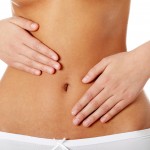
What are ovarian cysts?
There are two main types of ovarian cysts: functional and abnormal. These are then broken down into several further types, depending on the characteristics and cause.
Functional cysts
These are the most common type of ovarian cysts. Many ovarian cysts are due to abnormal cell growth, but functional cysts are different, caused mainly by a slight alteration in the normal functioning of the ovary. There are two types of functional cysts: follicular and luteal, which are named according to the half of the cycle at which they appear. Follicular cysts appear in the first half; luteal cysts appear in the second half.
Follicular cysts
Each month the egg-making follicle of your ovary releases an egg. However, in the case of follicular cysts, the egg is not released and the follicle continues to grow, becoming enlarged and filled with fluid. These cysts can cause few if any symptoms and may only be diagnosed when you are seeing your doctor for other reasons. Normally ultrasound is the form of diagnosis.
Luteal cysts
This type of cyst develops in the second half of the cycle after the egg has been released (at ovulation). As soon as ovulation has taken place in a normal cycle, the ruptured follicle then develops into the corpus luteum which produces progesterone in anticipation of a pregnancy. If the egg is not fertilised, the corpus luteum withers, progesterone levels fall and a period occurs. A luteal cyst is formed when the corpus luteum fails to wither when it should, and fills with blood instead.
Pain or spotting at ovulation (called mittelschmerz) can be caused by the release of blood from the corpus luteum when there is a slight drop in oestrogen at ovulation.
Abnormal cysts
These are very different from functional cysts because they are the result of abnormal cell growth. This does not, however, mean that they are cancerous. Many cysts are simply benign growths. No one knows for sure what causes this abnormal cell growth. The cysts can remain forever, without causing any problems, or they may burst, requiring emergency surgery.
Cystadenoma cysts
These cysts develop from cells on the outer surface of the ovaries. They can grow to a large size and are sometimes attached to the ovary by a stem. The cysts themselves may not cause any remarkable symptoms, but they can twist on their stems and then rupture, which can be extremely painful, and require emergency surgery.
Endometrial cysts
Endometriosis is a condition in which the lining of the womb (endometrium) begins to grow in parts of the body other than the womb. (see section on Endometriosis). These endometrial patches can form on the ovaries, creating cysts known as ‘chocolate cysts’ because they are filled with old blood.
Every month during your period these endometrial patches of tissues that have become encapsulated in a cyst will bleed. Because there is no outlet for the bleeding, the cyst becomes larger. Even small chocolate cysts can rupture, although they may grow very large causing severe pain.
Dermoid cysts (teratomas)
Dermoid cysts are a very bizarre phenomenon, and are classed as tumours rather than simply cysts. Every one of your eggs has the potential to create another human being, and dermoid cysts are effectively structures that are filled with pieces of bone, teeth, hair and skin. One theory is that an unfertilised egg begins to produce various body tissues. Alternatively, it has been suggested that we are effectively carrying a ‘twin’ inside. It is unknown how or why these kinds of tumours grow. They are solid structures, which means that they are not, technically, cysts, but they can become malignant (cancerous).
Polycystic ovaries
Many women experience a large number of small cysts in the ovaries, often accompanied by hormonal imbalance. This condition is called ‘polycystic’ (see section on Polycystic Ovary Syndrome ), although technically they are not cysts, but very small egg follicles.
Are there any symptoms ?
The simple answer is not always. Some women develop cysts and experience no symptoms whatsoever. Others notice changes in their monthly cycles that indicate potential problems. Still others experience pain and obvious symptoms, such as the following:
- Irregular periods
- Pain, dull aching or cramping in the abdomen
- Pain during intercourse
- Breakthrough bleeding
- Swelling in the abdomen
What are your choices?

If you have any of the symptoms listed above then it is important that you see your doctor to arrange a check-up. Your doctor will normally perform a number of diagnostic procedures.
Before you embark on any natural approach to ovarian cysts it is essential that you have a firm diagnosis. You need to know what type of cyst you have, and its size.
Not every health condition can be sorted out with natural remedies, and if you have a cyst that is potentially cancerous, or causing serious problems in your pelvic area, it is sensible to follow conventional advice until such time as the problem is manageable. But consider carefully the medical advice you are given.
You may, for example, discover that you have a cyst that has been in there for years without presenting any symptoms. In these circumstances, you may wish to leave things as they are, particularly if you have been given confirmation that the cyst is not malignant. If you are, at any stage, unhappy with either the diagnosis or the proposed form of treatment, get a second medical opinion. I would like to say here that a hysterectomy with the ovaries removed is often the proposed form of surgical treatment, and in the large majority of cases, this approach is unnecessary.
Natural treatment is aimed at prevention. A functional cyst may disappear on its own, or you may have been advised to have it aspirated. In either case, the objective is to prevent it from recurring. It’s clear, in the case of functional cysts, that something is awry with your cycle and hormones. Either an egg has failed to be released, and the follicle fills with fluid, or an egg is released and the cyst forms later. In either case, you will need to get your hormones back into balance to stop it from happening again. Herbs and nutrition can help to do this. Furthermore, you will need to work on the health of your liver, to ensure that any excess hormones are excreted.
If you have had an abnormal cyst removed, you will also need to prevent a recurrence. The underlying problem here is not a simple hormonal imbalance, but abnormal cell growth. The approach in this instance is to ensure that your immune system is functioning properly, so that abnormal cells can be engulfed and destroyed. You’ll also need to optimise the function of your liver, which plays a part in the destruction of abnormal cells and foreign substances before they reach the bloodstream.
Overall, for either type of cyst, you will need to get yourself into optimum health, so that your body functions well.
Supplements
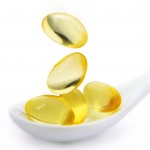
The supplements recommended below may be useful for ovarian cysts. For best results you should take them over a period of three months, at the end of which you should be reassessed in order to monitor improvements and changes and then adjust the supplement programme according to your new condition.
The supplements below will enhance the dietary changes you are making, working to balance hormones, improve immunity, enhance liver function and protect against abnormal cell growth. Some of these supplements are recommended simply because they will encourage optimum health, which will allow your body to function normally.
Multivitamin and Mineral
A good quality multivitamin and mineral would form the foundation of your supplement programme to make sure that you are getting a ‘little bit of everything’. You then add in those nutrients in slightly higher amounts which are known to be helpful for ovarian cysts.
Vitamin C
This is an important nutrient for boosting immune activity. If the immune system is working efficiently, it can destroy abnormal cells, which is important to prevent abnormal cysts.
Zinc
Zinc is also crucial for the immune system, but it plays an additional role in the reproductive system. Zinc is needed for normal egg development as it helps cells reproduce, and it can also protect your body against free radical damage. Free radicals can cause cell damage (to the DNA), so it is important that they are kept under control .
B vitamins
The B-complex vitamins are needed by your liver to convert excess oestrogen into weaker and less dangerous forms. B vitamins are, therefore, essential, when you are working to balance your hormone levels.
Antioxidants
Add a good antioxidant formula to supplement your diet. This should include vitamins A and E and the mineral selenium. Antioxidants helps to protect your cells against damage and any abnormal cell changes.
Vitamin D
This is an important nutrient for immune function and many women today can be deficient in vitamin D.
Omega 3 fatty acids
The Omega 3 fatty acids can help with hormone balance and it is thought that nowadays we can be getting ten times too much Omega 6 from our diet and not enough Omega 3. The correct balance of these two essential fatty acids is crucial for your health.
Herbs

Echinacea (Echinacea purpurea)
Echinacea is useful for boosting immune system function as it can increase white blood cell count and activity. These increased levels can help the body to engulf abnormal cells.
Echinacea appears to be more effective when taken on a slightly infrequent basis. Take it for 10 days, take a three-day break, and then repeat for another 10 days.
Milk thistle (Silymarin marianum)
This is an important herb for the liver, acting as a tonic. It can encourage the detoxification process, which means that abnormal cells will be destroyed and excess hormones excreted.For more information on which herbs to use for ovarian cysts, see the rest of the Understanding Ovarian Cysts ebook at The Natural Health Practice which you can download.
Caution
You should not take any of the above herbs if you are taking, The Pill, Fertility drugs, HRT or any other hormonal treatment or other medication unless they are recommended by a registered, experienced practitioner.
Tests
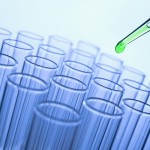
Mineral Deficiency Test with Supplement Programme (hair)
Find out what the mineral and heavy toxic levels are in your body
This test measures the deficiencies and excess levels of 12 different minerals (including calcium, chromium, cobalt, copper, iron, magnesium, manganese, phosphorus, potassium, selenium, sodium and zinc) and 6 heavy toxic metals (including aluminium, arsenic, cadmium, lead, mercury and nickel) that may be present in your body. Find out more – Mineral Deficiency Test with Supplement Programme (hair)
Online Personalised Supplement Assessment Programme
Discover what vitamins and minerals you need and should be taking
The analysis of this comprehensive questionnaire will give you a three monthly supplement programme to help balance any vitamin and mineral deficiencies you may have. Find out more – Online Personalised Supplement Assessment Programme
Vitamin D Deficiency Test (at home finger prick blood)
With all the news in the press about the benefits of having good levels of vitamin D e.g. prevention of cancer, especially breast cancer, heart disease, Type 2 diabetes and osteoporosis it is important that you know whether or not you are lacking in this vital vitamin.
We know that Vitamin D is required for calcium absorption, but it also plays many other important roles including prevention of cancer, especially breast cancer, heart disease, Type 2 diabetes and osteoporosis. As well as all of these benefits, it is now thought that having good levels of vitamin D can help slow down the ageing process and low levels have been implicated in other autoimmune diseases such as rheumatoid arthritis, lupus and inflammatory bowel disease. To check whether you have sufficient levels of Vitamin D please click Vitamin D Deficiency Test (at home finger prick blood)
Omega 3 Deficiency Test (at home finger prick blood)
If you want to find out if you are getting enough Omega 3 fatty acids from your diet and whether you have the correct balance of essential fatty acids.
Signs of an Omega 3 fatty acid are dry skin, lifeless hair, cracked nails, fatigue, depression, dry eyes, lack of motivation, aching joints, difficulty in losing weight, forgetfulness, breast pain. If you have also tried to lose weight by going on a low-fat or no-fat diet, you are likely to be deficient in these essential fats. It is now estimated that we are getting ten times more Omega 6 fats from our diet than Omega 3 and over the last century there has been an 80% decrease in the consumption of these Omega 3 fatty acids. When you eat Omega 3 fats they are converted to substances that have an anti-inflammatory effect on the body.
Many of the women I see in the clinic have been taking evening primrose oil supplements – an Omega 6 fatty acid – for many years as it can be helpful with PMS. But you can end up with too much Omega 6 and not enough Omega 3 in your body. Some women are also taking combinations such as Omega 3, 6, and 9 in supplement form because they have heard that we need a good balance of all the Omega fatty acids. This is true, but you have to take into account what your own levels may be in the first place. It is no good adding in more Omega 6 if you have already got enough or in fact too much in your body. (You can now have a blood test to tell you if you have the correct levels of Omega 3 to Omega 6 in your body see below). To check whether you have sufficient levels of Omega 3 please click Omega 3 Deficiency Test (at home finger prick blood)
After three months you would then have a re-test in order to monitor your progress and adjust your supplement programme according to your new condition.
If you need help in obtaining any of the supplements, herbs or tests mentioned above, click, ovarian cysts options at The Natural Health Practice. They can supply all of them for you online or if you prefer to talk to somebody first you can also order by mail order on the telephone. The products supplied by this company are always of the highest quality.
Plan of Action
Nutrition
Ensure you are getting the right nutrition.Follow the dietary recommendations outlined in the free The Foundation of Health ebook. For more information on the special dietary recommendations for ovarian cysts, read the rest of the ebook on Understanding Ovarian Cysts ebook at The Natural Health Practice
Supplements
The supplement programme below should be taken for at least three months in order to achieve best results
Nutrients & amounts
| A good multi-vitamin & mineral supplement | A good antioxidant supplement | Providing vitamins A, C, selenium and zinc | |
| Vitamin C with bioflavonoids | 1000mg use alkaline magnesium ascorbate form | Omega 3 fish oils | (providing 770mg EPA and 510mg DHA) |
| Zinc | 30mg |
To avoid having to purchase numerous supplements for all of the above and to make the process easier, I have put together a supplement programme which contains all the nutrients mentioned above and in the correct dosages. For more information about these click Ovarian Cysts Supplement Programme.
In my book ‘The Natural Health Bible for Women’ I explain the impact of nutrition on ovarian cysts and also give in great detail a list of the most important nutrients and herbs required in order to help you.
If you would like to order these special supplements now, you can do so through the Natural Health Practice by clicking Ovarian Cysts Supplements at the Natural Health Practice.
HerbsGood herbs should contain: |
Herbs & amounts
|
||||
| At the end of three months you should reassess your condition and adjust your supplement programme accordingly. | |||||
Tests
The tests below have been specially selected to be the most helpful if you are concerned about ovarian cysts.
Mineral Deficiency Test with Supplement Programme (hair)
Online Personalised Supplement Assessment Programme
Vitamin D Deficiency Test (at home finger prick blood)
Omega 3 Deficiency Test (at home finger prick blood)
After three months you would then have a re-test in order to monitor your progress and adjust your supplement programme according to your new condition.
If you need help in obtaining any of the supplements, herbs or tests mentioned above, click, Ovarian Cysts options at The Natural Health Practice. They can supply all of them for you online or if you prefer to talk to somebody first you can also order by mail order on the telephone. The products supplied by this company are always of the highest quality.
Read More
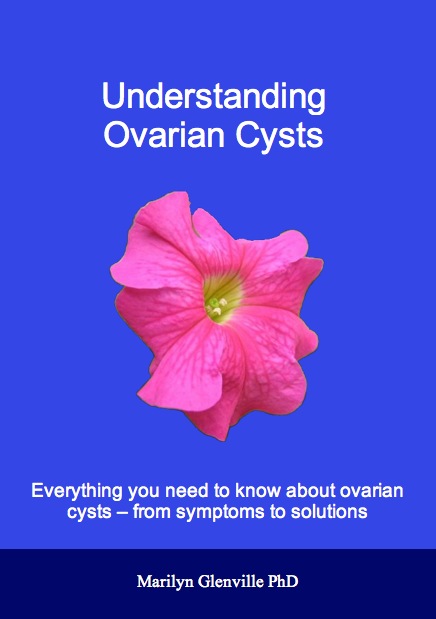
At the end of the ebook is a practical step by step summary of what you can do to help yourself.
If you would like to read the rest of this ebook click, Understanding Ovarian Cysts ebook at The Natural Health Practice and you will be given details of how you can download the whole ebook.
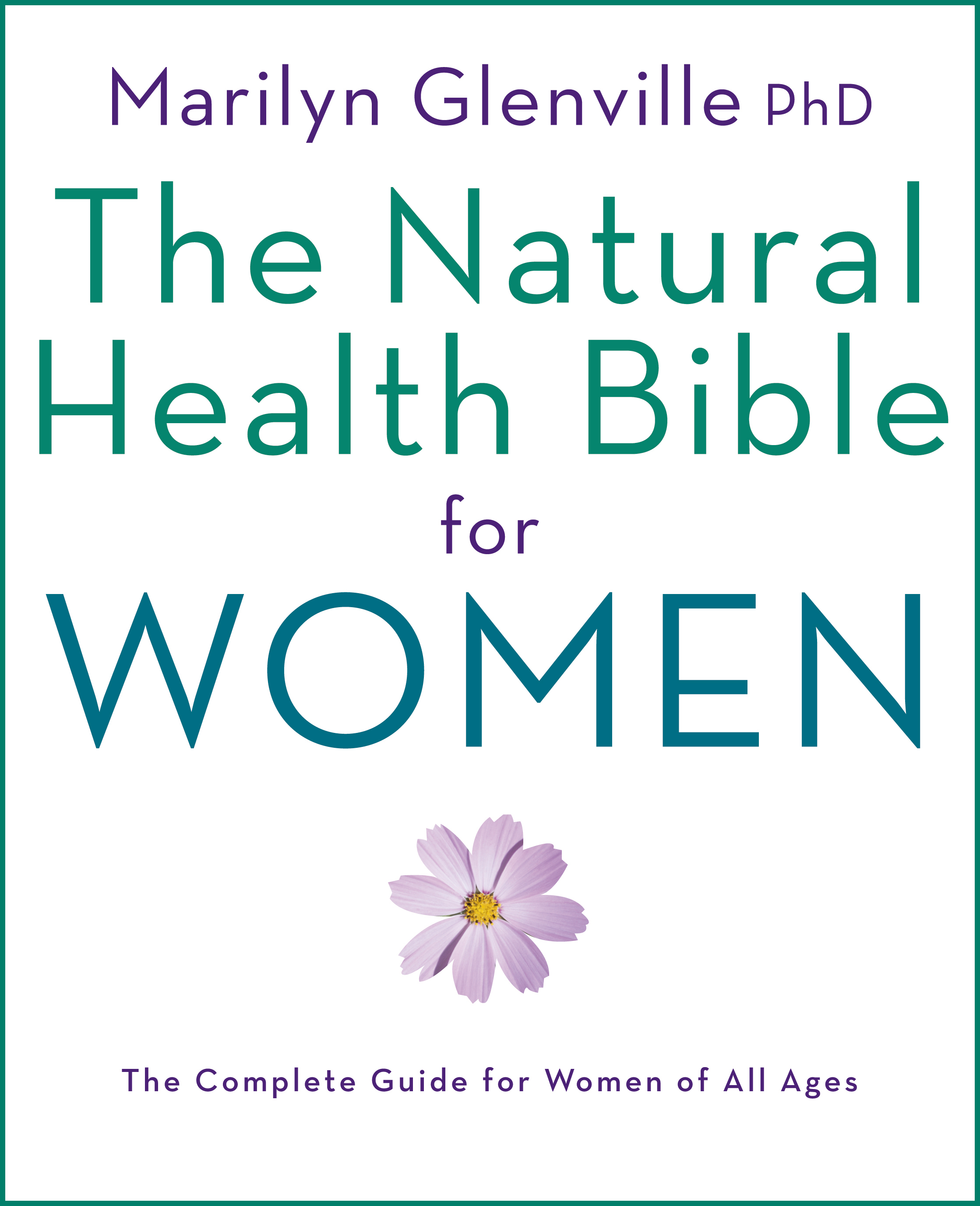
The contents of this site are for information only and are intended to assist readers in identifying symptoms and conditions they may be experiencing. This site is not intended to be a substitute for taking proper medical advice and should not be relied upon in this way. Always consult a qualified doctor or health practitioner, especially if you are pregnant, taking the pill or on any medication. Your situation will need to be looked at individually and you should not attempt to self treat. The author and publisher cannot accept responsibility for illness arising out of the failure to seek medical advice from a doctor.
The views expressed by third parties placing material on these pages are not representative of the views of the author or publisher. The Author and Publisher cannot monitor the content not produced by us and has not reviewed all the third party material published on this site and the Author and Publisher accept no liability whatsoever in relation to the content of third party material placed on these pages.

